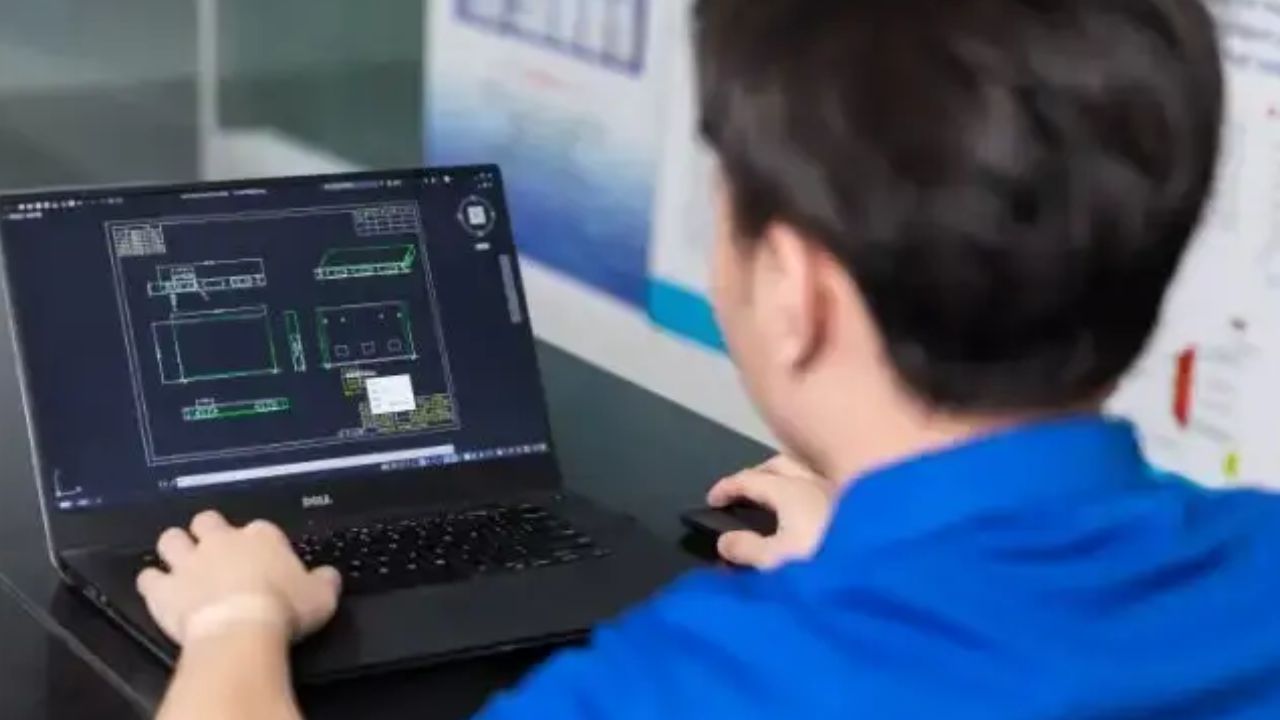For air-blown fiber cables to operate at their best and last as long as possible in telecommunications networks, a number of environmental factors are essential. Extreme climatic conditions might cause signal degradation or damage, thus it's critical to control the temperature and humidity levels. In order to reduce cable degradation, it is essential to shield cables from ultraviolet (UV) radiation by appropriate installation and the use of UV-resistant materials.
To maintain the integrity and operation of the cables, click on the following link https://www.bonelinks.com/ precautions against moisture intrusion, exposure to corrosive substances, and physical stress reduction are essential. In a variety of networking contexts, environmental monitoring, standard compliance, and the selection of appropriate cable materials are essential for preserving the resilience and long-term performance of air-blown fiber cables.
Environmental Considerations When Using Air-blown Fiber Cables?
In data networking and telecommunications networks, environmental factors are crucial to the effective installation and operation of air-blown fiber cables. These cables are vulnerable to several environmental variables even if they are efficient and long-lasting. This is a comprehensive guide to the environmental factors to be taken into account while utilizing air-blown fiber cables:
Humidity and Temperature
It is essential to maintain ideal humidity and temperature conditions for air-blown fiber cables. Cable integrity and signal transmission can be impacted by severe temperatures and elevated humidity levels. Maintaining cables within the advised environmental ranges helps shield them from harm and guarantees reliable operation.
UV Sighting
UV light exposure can have a negative effect on the fiber optic cables' protective coatings. UV exposure over time can result in degradation, which lowers the performance and endurance of cables. This risk can be reduced during installation by shielding wires from direct sunlight or by utilizing UV-resistant materials.
Ingress of Moisture and Water
Fiber optic cables are seriously threatened by moisture and water intrusion. These substances may impede the transmission of signals and harm the cables. To protect against moisture-related problems, cable joints must be properly sealed. Outdoors and in moist settings, water-resistant materials must be used.
Chemical Contact
Exposure to specific substances can cause damage to air-blown fiber cables. They ought to be protected from contact with chemicals or corrosives since these might weaken the integrity of the cable, resulting in performance problems or signal loss.
Physical Damage and Mechanical Stress
Air-blown fiber cables must be protected from physical harm and mechanical stress in order to last a long time. Durability and continuous performance of cables are ensured by careful handling during installation, avoiding severe bends or kinks, and shielding them from physical stress.
Environmental Containment
It is possible to safeguard air-blown fiber cables from outside influences by using suitable environmental enclosures or protective casings. By providing further defense against environmental threats, these enclosures preserve signal quality and cable integrity.
Interference from RF and EMI
Data transmission in fiber optic cables may be hampered by electromagnetic interference (EMI) and radio frequency interference (RF) interference. Signal integrity is preserved by shielding and routing the cables away from EMI and RF interference sources.
Monitoring and Managing the Environment
It is essential to regularly assess the environmental conditions. The quick resolution of possible problems that can affect cable performance is made possible by the use of systems that monitor and report changes in temperature, humidity, or other environmental factors.
Choosing the Right Cable Materials
It is essential to select cables composed of materials that provide resilience to environmental variables. Choosing materials that are chemically resistant, water resistant, and UV resistant guarantees the longevity and strong performance of the cable.
Adherence to Regulations
Respecting business and environmental rules is essential. Adherence to established protocols guarantees that the implementation and utilization of air-blown fiber cables fulfill ecological prerequisites, hence mitigating the likelihood of non-compliance concerns.
Final Thoughts
Taking the environment into account is crucial while installing and repairing air-blown fiber cables. In order to guarantee the longevity and best possible performance of these cables in a variety of networking situations, it is imperative that temperature, humidity, UV exposure, moisture, chemical exposure, mechanical stress, and electromagnetic interference be taken into consideration.


